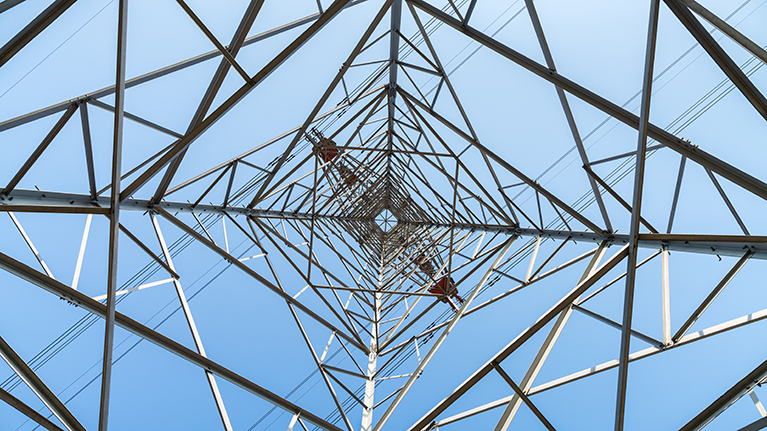In certain sectors and subsectors of the economy, some of electricity costs for production processes that have a particularly high energy consumption can be financially offset. To this end, the German government has issued the "Directive on State Aid to companies in sectors or subsectors that have been established as being exposed to a significant risk of carbon leakage given the costs associated with EU ETS 1 allowances that are passed on in electricity prices (State Aid for indirect CO2 costs)".
Link to the European Emissions Trading System 1
Installations have ceased to receive free allocations for their emissions from electricity generation since the third trading period of the EU ETS 1 (starting from 2013). Electricity producers pass on the actual CO2 costs from electricity generation to the customers through the electricity price, regardless of whether they receive the emission allowances free of charge or have to buy them on the market. Industrial companies consuming large amounts of electricity are particularly affected by these indirect CO2 costs.
Competitiveness
Electricity price compensation aims to maintain the international competitiveness of companies with high electricity consumption compared to competitors that do not have to bear such costs. This is supposed to prevent production relocations and thus an increase in CO2 emissions in countries outside the EU Emissions Trading Scheme (known as carbon leakage or CL) due to indirect CO2 costs within the EU.
The European Commission has identified a number of sectors and sub-sectors at risk of carbon leakage (CL). These industries involve production processes with particularly high electricity consumption and are thus susceptible to intense international competition. Examples of such processes belonging to this group are pig iron, steel and ferroalloy production.
The European Commission has issued guidelines under which the Member States can specify national regulations to compensate for indirect CO2 costs. The German Federal Government has made use of this option and issued an aid directive for the fourth trading period. This directive serves as a basis for offsetting indirect CO2 costs: "State aid directive for companies in sectors or subsectors where a significant risk of carbon leakage is assumed in view of the costs associated with EU ETS 1 allowances passed on to the electricity price (State aid for indirect CO2 costs)". The EU State aid guidelines were revised by the European Commission for the fourth trading period (2021 to 2030) and published on 21/09/2020. The national aid directive was adapted to the amended EU aid guidelines and published on 01/09/2022.
State aid
A company can apply for state aid for products assigned to one of the sectors or subsectors eligible for state aid, where the aid is based on the amount of electricity consumed for manufacture or on the volume manufactured. ‘Electricity efficiency benchmarks’ are used to calculate the amount of state aid in order to prevent an incentive for higher electricity consumption. The ‘fallback electricity consumption efficiency benchmark’ is applied to companies for which no electricity consumption efficiency benchmarks have been set.
The EU Allowances (EUA) price for the 2024 billing year is 89.29 euro.
A total budget is not yet available for the application year 2025. Please be patient, as soon as we know a budget we will publish this information here.


